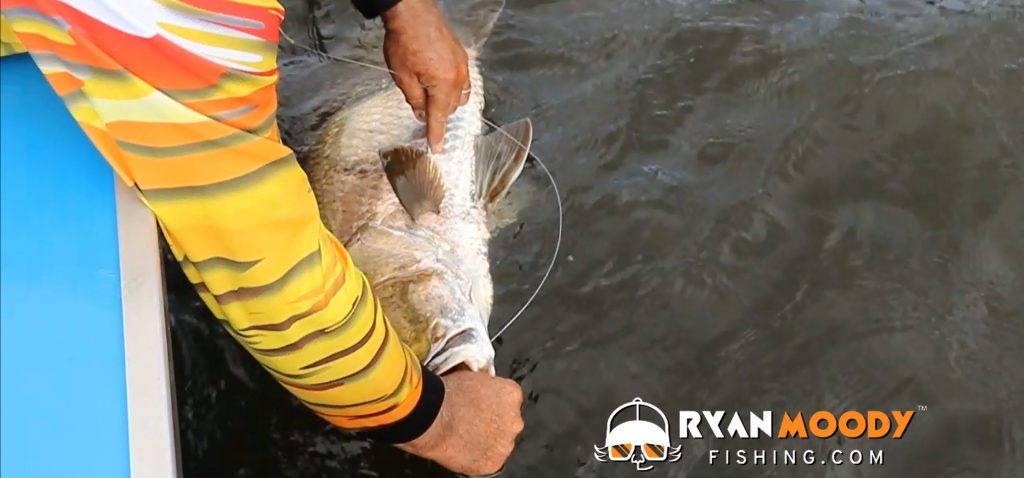

Despite being quicker, venting a fish does cause some harm to the fish. A properly trained angler can correctly vent and release a fish in a few seconds, whereas descending a fish takes much longer. The biggest strength of venting tools is their speed. For that reason, this method may not be best in instances where fish are being caught faster than they can be descended. Descending devices also return fish to their original capture depth therefore, a fish that just spent a substantial amount of energy fighting on a hook doesn’t have to then exert additional energy swimming all the way back down.ĭespite the benefits to the fish, when compared to venting, descending devices are more time-consuming to use and require a separate fishing rod to be rigged specifically for descending purposes. One advantage of using a descending device is that it is non-invasive, as it does not require any type of internal puncturing. When used correctly, both descending devices and venting tools significantly improve post-release survival of fish experiencing barotrauma however, each method has its advantages and disadvantages.

So, the question becomes, which method is better? These two methods have been proven to be so successful that, starting in 2022, all fishermen will be required to have a venting tool or descending device onboard when fishing for reef fish in the Gulf of Mexico. Venting tools are hypodermic needles used to pierce a fish’s swim bladder and allow gases to escape, thereby alleviating pressure and allowing the fish to swim downward. Descending devices work by returning a fish back to its original depth, thus allowing the fish’s swim bladder to naturally return to its original size. (Photo by David Hay Jones)įortunately, anglers can help mitigate the effects of barotrauma by using descending devices or venting tools. This red snapper is experiencing barotrauma, as evidenced by its stomach, which is inverted and protruding from its mouth. To make matters worse, fish experiencing it are generally unable to return to depth if tossed overboard in their current state, they will likely float and struggle at the water’s surface.Īfter an extended period, these fish may eventually decompress enough to swim back down to depth however, during this time, these fish are also very susceptible to death from predation, stress or barotrauma-related injuries. Even at a depth of only 50 feet, the pressure is already more than twice that of the surface! As a result, when fish are caught from depths of 50 feet or greater, their swim bladders often expand like balloons and exert great force on the other internal organs.įish experiencing barotrauma typically have some combination of an inverted and protruding stomach, bulging eyes, distended intestines and/or a bloated belly. Barotrauma refers to injuries sustained due to changes in pressure. There are several reasons why a fish may die after release – a term called discard mortality – but for reef fish, the biggest reason is barotrauma. Every year, millions of Gulf of Mexico reef fish die after being caught and released.


 0 kommentar(er)
0 kommentar(er)
